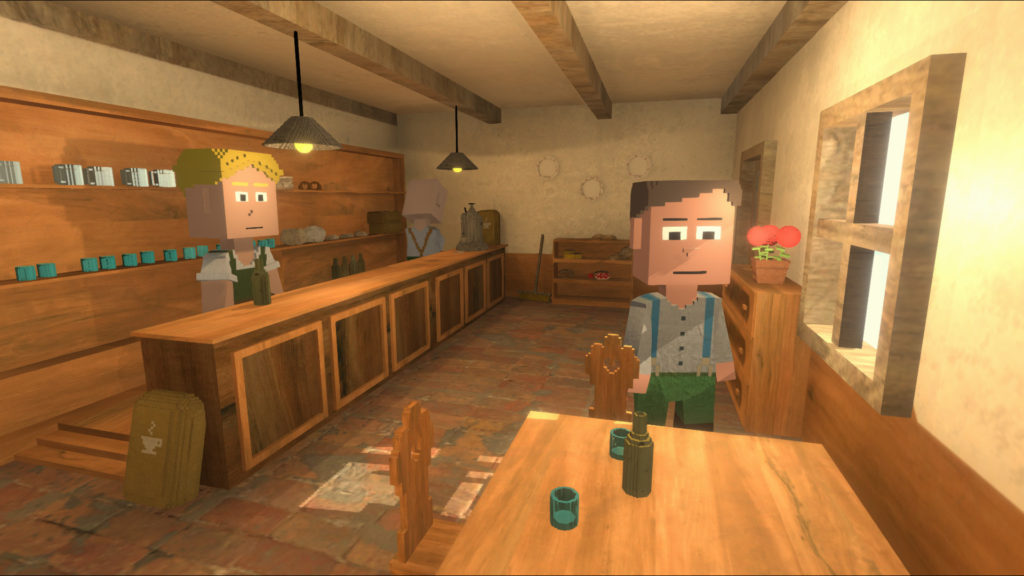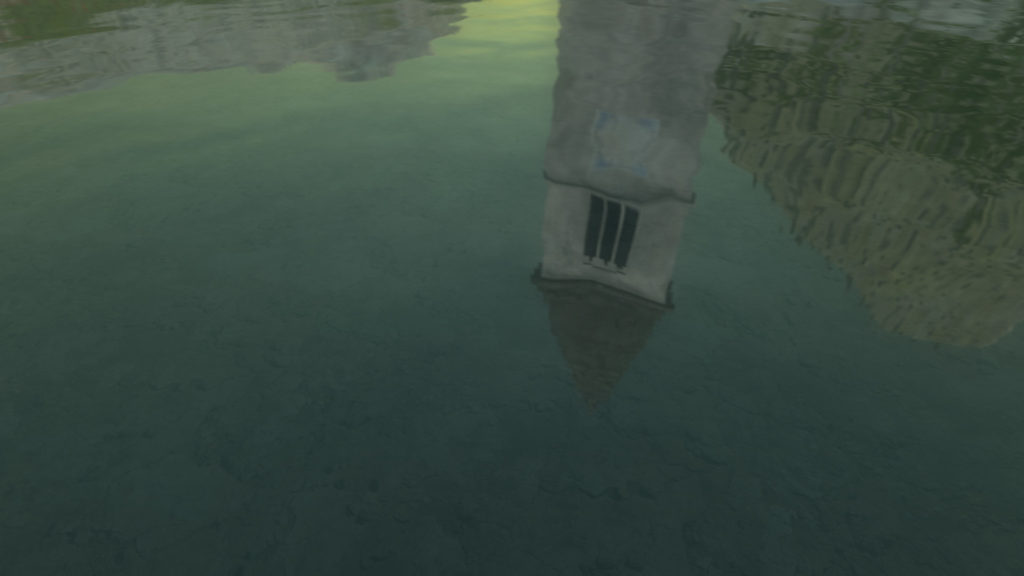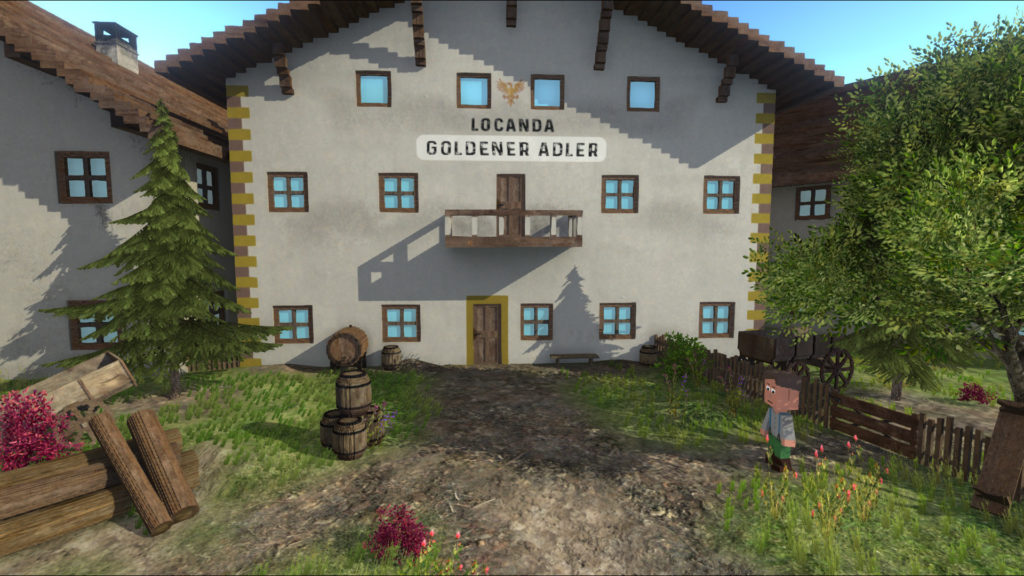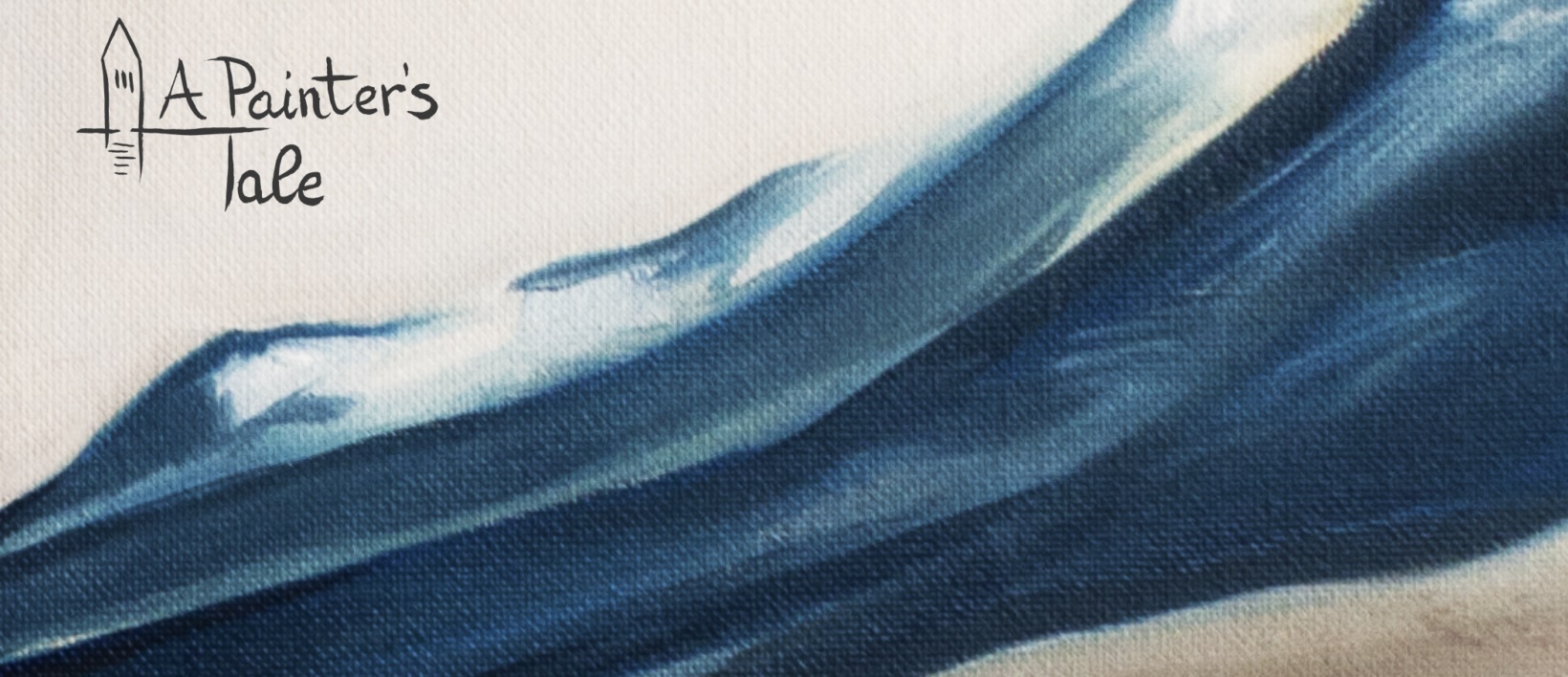Storytime!
Northwest of Bolzano, the Alpine capital of Tyrol, is the town of Graun im Vinschgau, known as Curon Venosta in Italian. This town, which borders Reschensee lake is the second town called Curon in the area; the original Curon stood at the bottom of the valley for hundreds of years. In the 1930s, the Italian Government decided to build a hydroelectric dam in the same valley; doing so would require flooding the valley with an additional five metres of water, effectively destroying the pastures Curon used for its cattle. The people of the town were notified of this, and given over a decade to prepare, moved their animals gradually uphill.
In 1949, constabulary from the Italian Government erected a sign in the village, which seemed to purposely be written in Italian to confuse the German-speaking populace of Curon. Once the town’s only teacher was dragged out of her school and forced to translate the notice, the town was horrified to find that the valley would not be flooded by five metres, but twenty–two. They had only a year to abandon the village, before the waters would submerge their homes, entirely.
The local priest, Alfred Reiner, undertook a pilgrimage to Rome to beseech an audience and intervention from Pope Pius XII, a journey that took the best part of 6 months. There, he learned that not only was the Pope reluctant to intervene, but also that the decision to flood the town had been made in 1939, and simply not related to the townspeople until a decade later. The Pope did however declare that the town’s church and its iconic belltower be untouched.
And so, in 1950, the town was flooded. Homes had been demolished, the fields and graveyard paved over in concrete. The people who did not stay in their homes were relocated to a Government provided shantytown on the hillside that grew into Curon Venosta. The flooded valley became the Reschensee, and even to this day, you can still see the Curon Belltower breaking the waters, tragically defiant.
Pretty ruddy sad, huh? Lives, history, a society. All swept away in a single day.
Well, now you can live it! IN VIDEOGAME FORM!

From Monkeys Tales Studio, on Steam, A Painter’s Tale; Curon, 1950 is a short, 3D adventure game where you, modern-day Italian painter Tomasso, lured in by artistic curiosity, are dragged down through the Rechensee’s depths, awakening in Curon a year before its submergence. Knowing what will happen to the town and its people, you must make a choice; your first option is to ensure history doesn’t change despite your presence, hopefully fixing the timeline and getting you home. The other is to do everything you can to try and save the livelihoods of the people of Curon, do everything you can to bring them respite and happiness in the final days of their town, but costing you any recognizable future to return to. You might find happiness here, but there can be no escape if you do.
It’s a big decision and who are you to make it?
The vast majority of Curon’s people survived, so it’s not like you’re saving the entire village. Those who stayed behind were elderly or sick, in some way inseparable from their homes. All you’d be saving, if even you can, is stone and grass… but it’s a history, is it not? Monuments to times long gone, now only existent at the bottom of a lake, so obscured from view they may as well not be there.

Do you have the right to stand in the way of progress, just because you oppose the grimness of the situation? That hydroelectric station not only provided jobs, but it also provided power for countries and states until today. That’s a lot you take away from the history you know by just saving one elderly village. You’d be costing the lives of every birth in Curon Venosta, the memories and emotions of every pair of eyes that saw that sad lonely belltower.
But who is to say that you even can change anything? You have no evidence that says you can, just the here-and-now that Tomasso is surrounded by desperate, broken individuals. While trying to change the future may be futile, it’s not like there arent things you cant do in town to help. Father Alfred needs your help protecting the town’s bell from the greedy constabulary intent on pillaging it. Innkeeper Heinrich wants you to protect his wayward daughter. Local widow Ida cannot accept that her husband died in the war, and she needs good company. You can provide all of this.
Yet again though, should you? You have no idea if the bell was still there when the town flooded. You have no right to stand in Heinrich’s daughter’s way if that is what she wants. And would it be right to get close to Ida, a vulnerable woman?
All these thoughts were going through my head as I played A Painter’s Tale. Some were directly asked of me, others came to the surface of my thoughts like a Belltower. Unprecedented, but certainly accounted for by the game’s simple but emotional writing. This is all enhanced by the game’s wonderful presentation; in-game pieces of art are real oil paintings, by you or Ida’s lost husband Karl, with her as the model. An emotional anchor that grounds everything you discover to your relationship with the widow. A clever touch.

And that’s not all with the presentation. Meeting new characters adds charcoal sketches to your sketchpad, adding much personality lacking in the Minecraft-inspired graphics. Key moments in the story add out of characters articles about the town and its history, along with photos. It’s powerful, tear-jerking stuff, and went a long way to making me relate to these LEGO-looking weirdos’ plight.
If A Painter’s Tale has any weak point, it’s the graphics. A powerful story, and an emotional journey, can be told with just good writing regardless of the limitations of visual art; Final Fantasy IV comes to mind. Yet, it doesn’t mean that that art cant detract somewhat. I was overwhelmed with emotion when Ida confesses she knows she’s mad and fooling herself over her dead husband, only to be forced to a fit of laughter by this supposed beauty gliding forward with her Funko Pop beauty, arms wiggling.
That all said, this is still a very thoughtful game. Questions of justice, entitlement, happiness, despair, ethics, and morality all play upon my mind when I think about Curon and that belltower.
Come for the bobbleheads, stay for the deep thoughts about morality and gripping story.


















